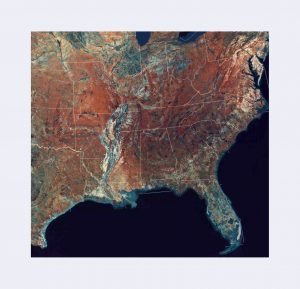Where were Cape François and the May River?
Scholars have long assumed that Cape François was either present day Cape Canaveral They have also assumed that the May River was the St. Johns River. However, the distances between these points and Beaufort, SC (Port Royal Sound) don’t seem to correlate with the time that French fleet spent to travel. De Laudonniére’s memoirs state that the fleet sailed directly from Cape François to the outlet of the May River in two weeks. They spent two weeks more exploring a series of islands and rivers between the May River and Port Royal. They stopped to explore inlets and rivers. Late … Read more



